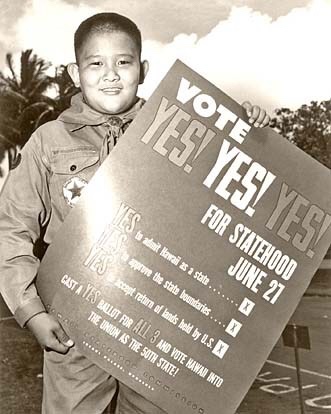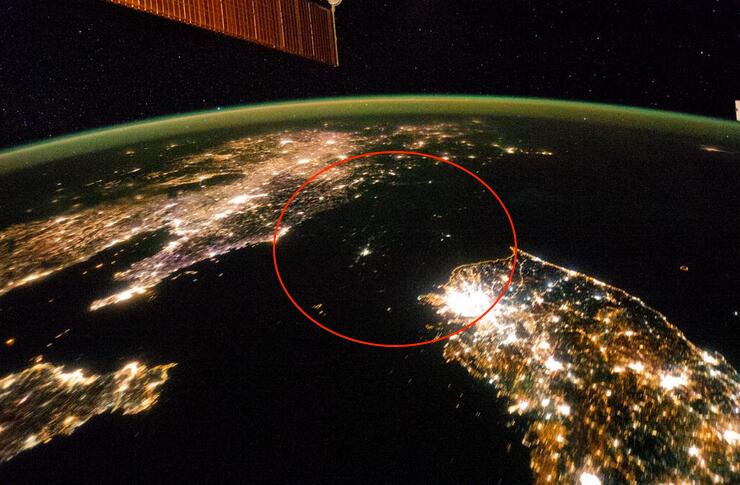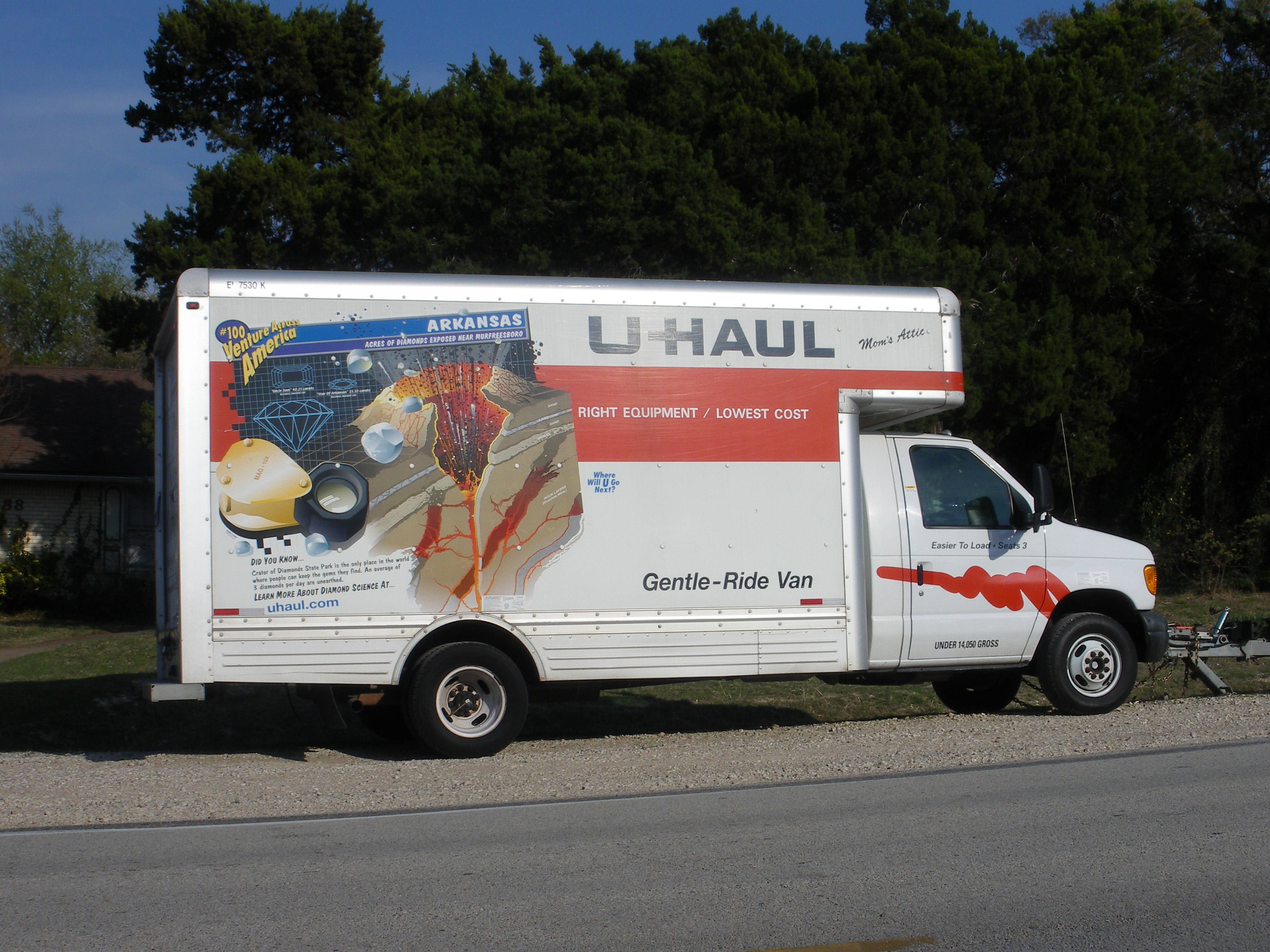A 39-acre donation from The Nature Conservancy and a lot of work by the Carolina Mountain Land Conservancy joined to birth a new National Wildlife Refuge in North Carolina.
Welcome the Mountain Bogs National Wildlife Refuge.
New National Wildlife Refuge Established to Protect Some of Appalachia’s Rarest Places
April 22, 2015

Trout lily blooming at Mountain Bogs National Wildlife Refuge. Credit: Gary Peeples, USFWS.
Asheville, N.C. – The Mountain Bogs National Wildlife Refuge became America’s 563rd refuge today.
U.S. Fish and Wildlife Service Deputy Director Jim Kurth visited Western North Carolina to announce the establishment of a new national wildlife refuge devoted to the conservation of southern Appalachian mountain bogs, one of the rarest and most imperiled habitats in the United States. North Carolina is home to 11 refuges; Mountain Bogs Refuge is the first one west of Charlotte.
“The establishment of Mountain Bogs National Wildlife Refuge marks a turning point in the efforts of a number of dedicated partners in preserving this unique and threatened habitat,” said Kurth. “It will provide a focal point for mountain bog conservation in the area, and highlights the importance of our National Wildlife Refuge System in preserving our nation’s spectacular biodiversity for future generations of Americans.”
“While western North Carolina has beautiful swaths of conserved public lands, mountain bogs, which are home to several endangered species, are largely unprotected,” said Mike Oetker, Deputy Regional Director for the Service’s Southeast Region. “People have worked for decades to conserve these bogs, and creating this refuge was an opportunity to build on that effort in a significant way.”
The Nature Conservancy donated an easement on a 39-acre parcel in Ashe County, the site of Kurth’s visit, which formally establishes the refuge.
“Today’s announcement is the culmination of years of work by conservation partners at the local, state and national level,” said The Nature Conservancy’s Fred Annand, who coordinates the Conservancy’s acquisition work. “Many people have worked together for years to make today a reality. Successful conservation depends on partnership, and that’s certainly the case today.”
Mountain bogs are typically small and widely scattered across the landscape, often isolated from other wetlands. Important to wildlife and plants, mountain bogs are home to five endangered species – bog turtles, green pitcher plant, mountain sweet pitcher plant, swamp pink (a lily), and bunched arrowhead. They also provide habitat for migratory birds and game animals, including mink, woodcock, ruffed grouse, turkey, and wood duck. Bogs are breeding habitat for many species of amphibians, especially salamanders, of which the Southern Appalachians have the greatest diversity in the nation. Bogs also provide key benefits to humans. They have a natural capacity for regulating water flow, holding floodwaters like giant sponges and slowly releasing water to nearby streams decreasing the impacts of floods and droughts.
In addition to The Nature Conservancy, Carolina Mountain Land Conservancy has long been active in bog conservation and has been supportive of establishing the new refuge.
“Southern Appalachian bogs are biodiversity hotspots,” said Kieran Roe, Executive Director at Carolina Mountain Land Conservancy. “But they are disappearing from our region at a rapid rate. Less than 20 percent of the mountain bogs that once existed still remain, so their protection is critical.”
The refuge may eventually grow to 23,000 acres, depending on the willingness of landowners to sell and the availability of funds to purchase those lands. To guide acquisition, and bog conservation in general, the Service has identified 30 sites, or Conservation Partnership Areas, containing bogs and surrounding lands. These sites are scattered across Alleghany, Ashe, Avery, Clay, Graham, Henderson, Jackson, Macon, Transylvania, Wilkes and Watauga counties in North Carolina, and Carter and Johnson counties in Tennessee. The Service will look primarily within these Conservation Partnership Areas to acquire land and/or easements. For those acres that won’t be acquired, the Service will work to support private landowners in their stewardship activities. Funding to acquire land and easements would likely come from the Land and Water Conservation Fund, funded by fees collected from the sale of publicly-owned offshore oil and gas drilling leases.
While some parts of the refuge would likely be too fragile for recreation, the Service anticipates other parts could be open for wildlife-based recreation, including hunting, fishing, wildlife observation and photography, education, and interpretation.
The Service manages national wildlife refuges for the conservation of fish, wildlife and plants. In 1903 President Theodore Roosevelt created the first national wildlife refuge to protect brown pelican breeding grounds on the east coast of Florida. The Refuge System now includes 563 refuges across the nation, protecting more than 150 million acres. It’s the only system of federally-managed lands dedicated to wildlife. For more information, visit www.fws.gov/mountainbogs.
The National Wildlife Refuge System protects wildlife and wildlife habitat on more than 150 million acres of land and water from the Caribbean to the Pacific, Maine to Alaska. Refuges also improve human health, provide outdoor recreation and support local economies. Visit our home page at http://www.fws.gov/refuges. Follow us on Facebook and Twitter.
Our Dallas area trout lilies have all blossomed, weeks ago. Interesting that bog-bound trout lilies share so much in common with their drier land cousins a few thousand miles away.




 Posted by Ed Darrell
Posted by Ed Darrell 





































